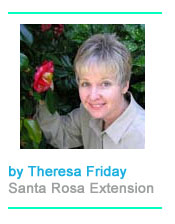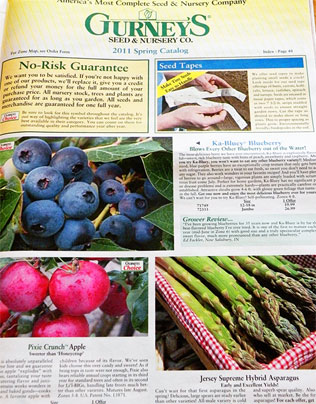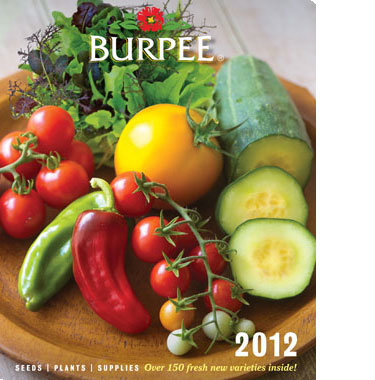Weekend Gardening: Freshly Delivered Seed Catalogs
February 19, 2012
 Seed catalogs are arriving in the mailbox. This is an excellent time to browse and decide what you would like to include in your spring garden.
Seed catalogs are arriving in the mailbox. This is an excellent time to browse and decide what you would like to include in your spring garden.
Vegetables are typically started by either directly sowing the seed into a prepared garden bed or starting the seeds indoors and then transplanting the seedling into the garden. Each method has pros and cons.
There are some vegetables that do not transplant easily. These include bean, corn, cucumber, cantaloupe, mustard, peas, squash, turnips and watermelon. For these difficult-to-transplant plants, it’s best to sow the seed directly into the garden.
Many vegetables, however, can be easily transplanted as seedlings. Starting them indoors offers several advantages
- For seeds that are expensive, such as many of the newer hybrids, seeding indoors to raise transplants conserves seeds. A higher germination rate and more high-quality plants can be produced under controlled environmental conditions.
- You can avoid adverse weather by starting seeds indoors during cool weather, and then move outdoors, when the weather warms up.
- Earlier harvest is more attainable by using transplants than by direct seeding in the field.
- You get to choose the best seedlings to be planted in the garden.
- Starting seeds indoors in a soilless media helps reduce seedling decay. The disease-free, precise environment of a planting pot is more ideal for seed germination and seedling growth than is the garden soil.
Vegetables that are easily started indoors and transplanted include beets, broccoli, Brussels sprouts, cabbage, cauliflower, chard, collards, endive, lettuce and tomato. Others that can be transplanted but may require some care include carrot, celery, eggplant, kale, kohlrabi, leek, onion, and pepper.
There are a wide variety of containers available for starting seeds for transplants. Just be sure that they are clean and free of disease organisms. Also be sure that your containers drain well. Standing water promotes damping-off diseases.
 It is essential that the growing medium be free of diseases, insects, and weed seeds. The medium needs to be loose, well-drained, and fine-textured. The best growing medium will have the best combination of good moisture-holding capacity, good drainage, and high nutrient retention capability.
It is essential that the growing medium be free of diseases, insects, and weed seeds. The medium needs to be loose, well-drained, and fine-textured. The best growing medium will have the best combination of good moisture-holding capacity, good drainage, and high nutrient retention capability.
It is too risky to use outside soil for raising transplants. If soil is contaminated, seedlings may be lost due to disease. Use a commercially prepared seedling mix. It is worth the cost of commercial media to ensure that the seed germination rate is high and that the quality of the seedling is excellent.
It is best to dampen the growing medium thoroughly before sowing seeds. This will ensure good distribution of water throughout the container while minimizing the chance of washing or splashing small seeds away.
Little water is needed before seedlings emerge. Too much water will promote damping-off organisms. Once seedlings emerge, check them for dryness and water as needed. Never allow seedlings to wilt. Once again, be sure there is good drainage so containers never sit in water.
Theresa Friday is the Residential Horticulture Extension Agent for Santa Rosa County.
Comments
2 Responses to “Weekend Gardening: Freshly Delivered Seed Catalogs”




Thanks for putting this article in here today. I will look forward to enjoying more articles on planting. Keep ‘em coming William! I am a 3 times a day reader of NE and I thank you for everything you put on this wonderful site!
I love to read Weekend Gardening. Thanks